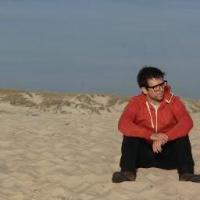Following are my reports:
Content of my bootable diskette:
a:\ntldr
a:\ntdectect.com
a:\ntbootdd.sys
a:\boot.ini
Content of boot.ini
[boot loader]
timeout=-1
default=scsi(1)disk(0)rdisk(0)partition(1)\windows
[operating systems]
scsi(1)disk(0)rdisk(0)partition(1)\windows="ntbootdd.sys scsi 1"
scsi(2)disk(0)rdisk(0)partition(1)\windows="ntbootdd.sys scsi 2"
scsi(3)disk(0)rdisk(0)partition(1)\windows="ntbootdd.sys scsi 3"
To make bootable CD from the diskette image I used UltraISO.
I did some experimentations with VMware and real machine:
- VMware XP with NO USB controller present
vmware_xp_no_usb_ntbootdd.jpg
- VMware XP WITH USB controller present
vmware_xp_with_usb_ntbootdd.jpg
- VMWare Vista WITH USB controller present
vmware_vista_with_usb_ntbootdd.jpg
- Real machine (Phoenix Bios), no USB disabled. This machine is capable of USB booting, and has 4 built-in USB2 ports.
laptop_l1_with_usb_ntbootdd.jpg
- Real machine (Insyde Bios), no USB disabled. This machine is capable of USB booting, and has 5 built-in USB2 ports.
laptop_l2_with_usb_ntbootdd.jpg
Maybe specialists need to look at VMware capability (at least with latest version 6.xx).
It detects on the fly my USB keys/HDD plugged inside the virtual machine.
Using VMware maybe useful for testing function like ntbootdd.sys ?
That's all folks! :-)
















